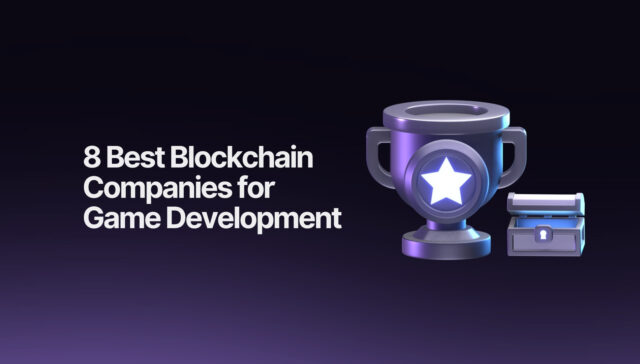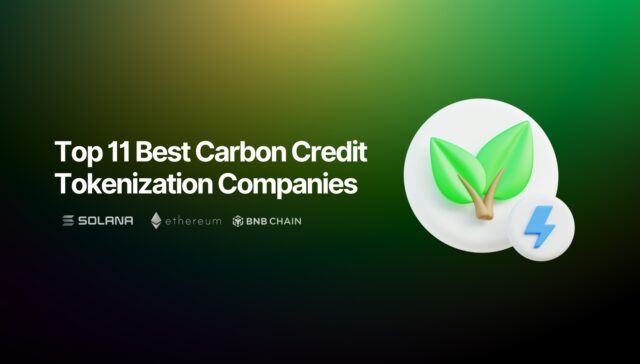
We are your Blockchain Development Company in Madrid
Development of blockchain solutions in Madrid
At Metlabs we are a leading company in the Blockchain development field. We create scalable, UX/UI friendly, decentralized applications (dapps) to unlock the full potential of your project.
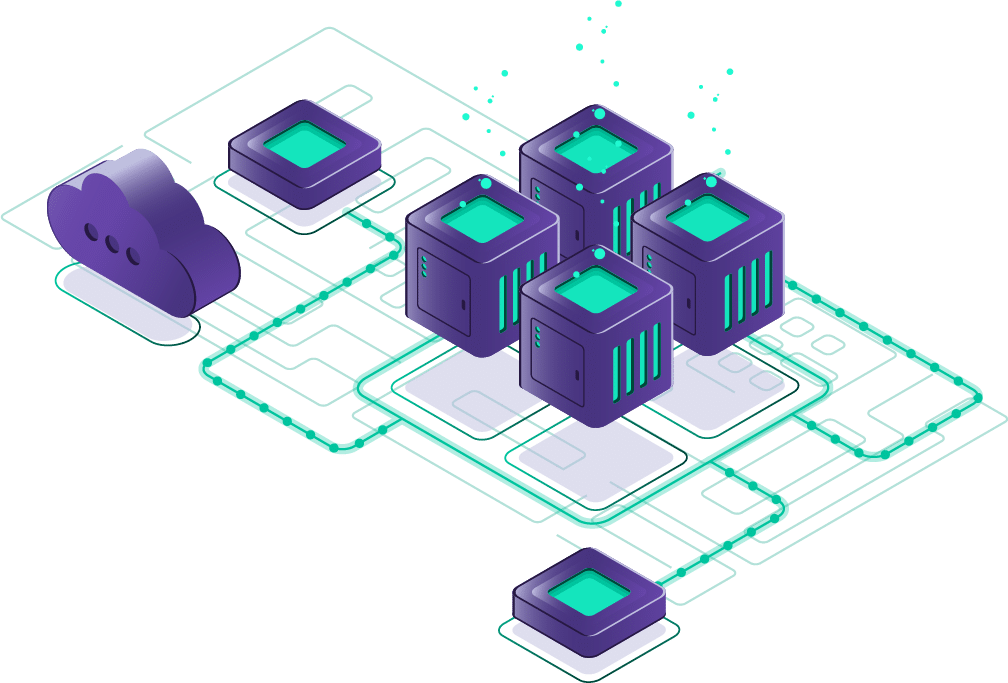






Blockchain integration in companies in Madrid
Integrating blockchain technology into your business is a strategic decision that can drive transparency and traceability in your operations. With the ability to immutably record every transaction and event, blockchain offers an unmatched level of security and reliability in tracking data and assets.
By adopting blockchain, your company can establish a standard of integrity in your processes, which enhances the trust of both your customers and your business partners. The inherent transparency of the blockchain ensures that transactions are conducted fairly and without manipulation.
Data traceability is essential in an increasingly interconnected business world. Blockchain enables detailed tracking of assets and transactions, making it easier to identify problems, optimize processes and improve decision making.
What is a dApp or decentralized application?
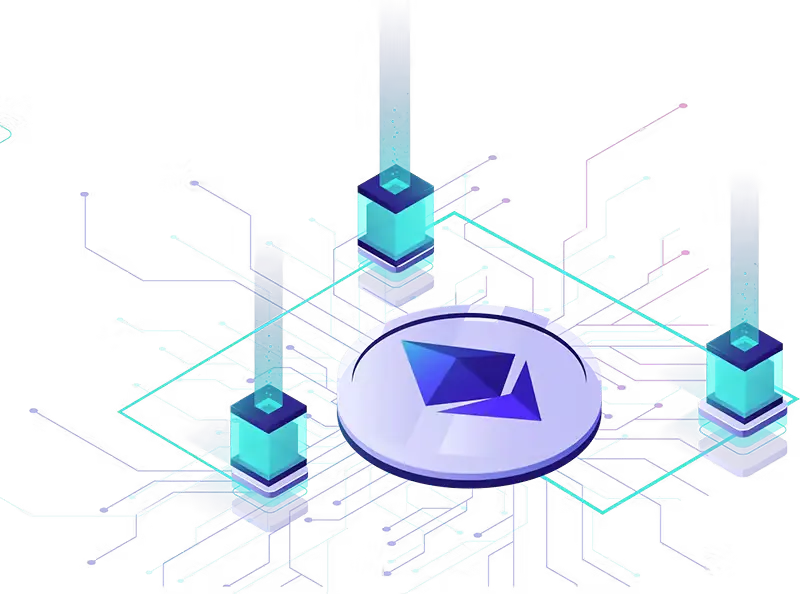
Our Blockchain Development services in Madrid
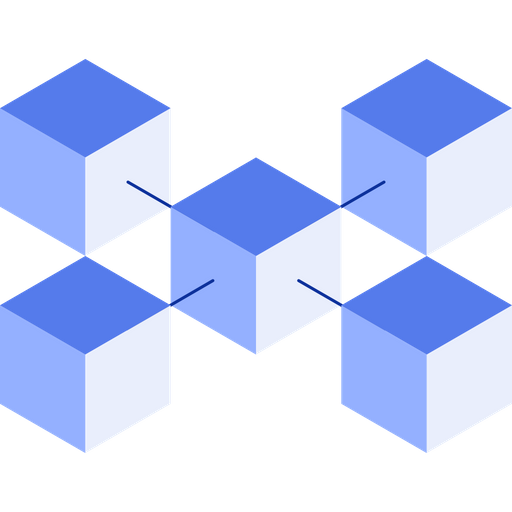
Smart Contracts Development
We develop Multi-chain Smart Contracts: Ethereum, Polygon, BNB Chain, Arbitrum… through Solidity.
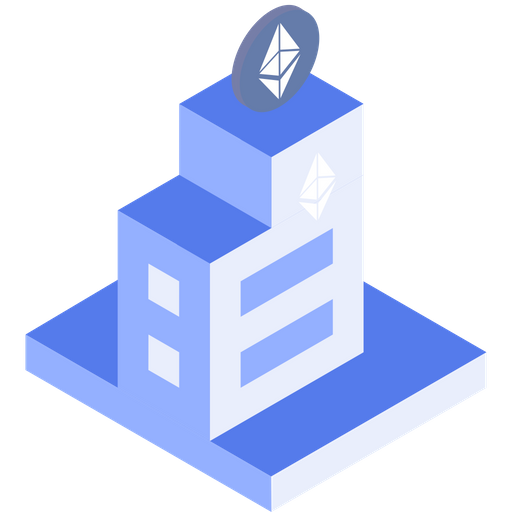
dApps Development
We create decentralized applications from UX/UI, Front-end and API/Smart Contracts.
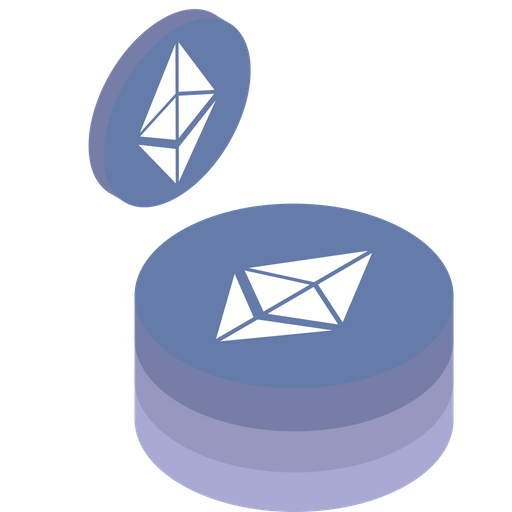
Tokenization
Development of Smart Contracts for utility tokens & Security tokens using ERC-20/ERC-721.

Smart Contracts Audit
Ensure the security and transparency of your smart contracts with our specialized audits.

NFT Marketplace
Expand your business possibilities with our ERC-721 NFT development services.

Blockchain Consulting
Specialized advice with our experts to start your project with Blockchain technology.
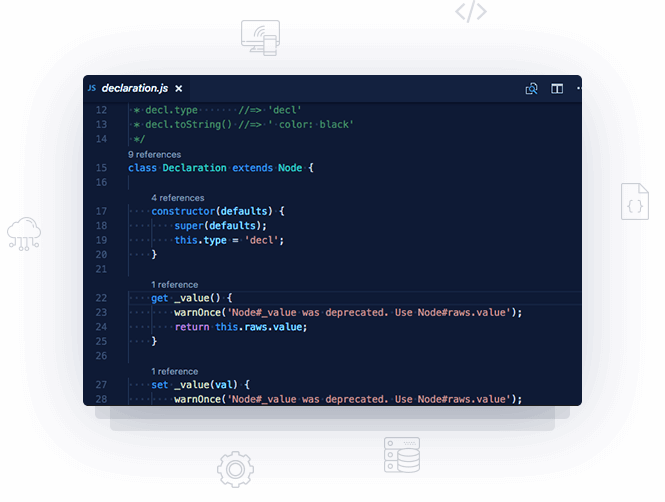
Front-end development for Blockchain in Madrid
Intuitive User Interface: We design interfaces that are not only visually appealing, but also intuitive. Our goal is to make interaction with blockchain technologies easy to understand and use for any user.
Frictionless Blockchain Integration: We develop front-end solutions that seamlessly integrate with blockchain logic and functionality. From visualizing transactions to interacting with smart contracts, we make everything flow efficiently.
Mobile and Responsive Compatibility: We recognize the importance of mobility. Therefore, our interfaces are compatible with mobile devices and are designed to provide an optimal user experience on any platform.
Development of Compatible EVM Platforms (Dapps)
The development of Compatible EVM Platforms (Dapps) represents a fundamental evolution in the world of blockchain technology. These decentralized applications offer a versatile and powerful infrastructure that can revolutionize your business.
By adopting Dapps, your company benefits from interoperability with the Ethereum Virtual Machine (EVM), which means you can leverage Ethereum’s strong foundation to develop and run smart contracts and applications on your own blockchain network. This translates into greater efficiency and a wider range of possibilities for your operations.
Dapps also offer a high level of security, as they are backed by blockchain immutability and decentralization, which reduces the risks associated with data manipulation and cybersecurity.
In short, the development of Compatible EVM Platforms (Dapps) represents an opportunity to take innovation and efficiency to a new level in your company, allowing you to take advantage of the full potential of blockchain technology in a secure and reliable way.
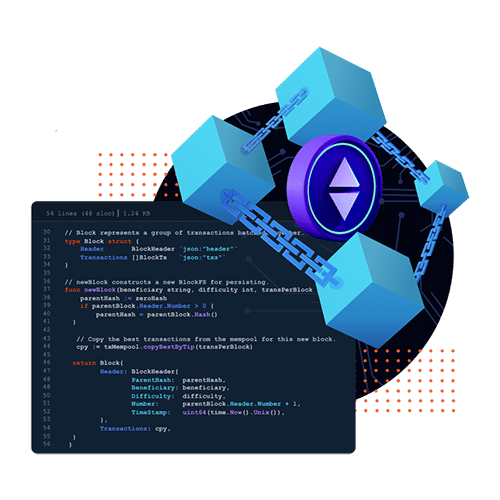
Most common questions about Blockchain development in Madrid
Metlabs with +5 years of experience, based in Madrid, has worked for blockchain development and programming projects in: Alcobendas, Alcorcón, Getafe, Leganés, Fuenlabrada, Móstoles, Majadahonda, Pozuelo de Alarcón, Las Rozas, San Sebastián de los Reyes, Coslada, Torrejón de Ardoz, Alcalá de Henares, Pinto, Parla.
Creating a blockchain-based application involves several steps from planning to implementation and maintenance. Here is a summary of the process:
- Definition of Purpose and Objectives:
- Identify the need or problem that the blockchain application will solve.
- Establish clear and measurable objectives that are expected to be achieved with the application.
- Choice of Blockchain Platform:
- Select the blockchain platform that best suits the project requirements (Ethereum, Hyperledger Fabric, Binance Smart Chain, etc.).
- Architectural Design:
- Create an architectural design that defines the structure and components of the application.
- Decide whether the application will be public or private and define the nodes and participants.
- Development of Smart Contracts:
- Codify the smart contracts that will define the application logic and business rules.
- Use programming languages specific to the chosen blockchain platform (Solidity for Ethereum, for example).
- Front-end and Back-end development:
- Create the front-end of the application for user interaction.
- Develop the back-end to manage application logic that is not on the blockchain.
- Blockchain integration:
- Connect the front-end and back-end to the blockchain via APIs and web services.
- Ensure the security and integrity of transactions.
- User Interface (UI) development:
- Design an intuitive and attractive user interface for easy user interaction with the application.
- Tests:
- Perform extensive testing to ensure the correct functioning of the application and the security of smart contracts.
- Implementation and Deployment:
- Carry out the implementation and deployment of the application on the selected blockchain network.
- Monitoring and Maintenance:
- Establish a monitoring system to ensure continuous performance and detection of potential problems.
- Provide regular maintenance, updates and upgrades as needed.
This process is iterative, with continuous adjustments and improvements as feedback is obtained and the application evolves. Close collaboration between developers, blockchain specialists and stakeholders is essential to the success of the project.
A smart contract is a stand-alone computer program that automatically executes, validates or facilitates the execution of a contract when certain predefined conditions are met. These contracts are executed on a blockchain, usually on platforms such as Ethereum, Binance Smart Chain, or EOS. Here I explain the basics of what a smart contract is and how it is programmed:
What is a Smart Contract?
- Executable Code:
- A smart contract is a set of executable code stored on the blockchain.
- It is used to automate and automatically execute agreements and transactions without the need for intermediaries.
- Conditions of Execution:
- Smart contracts contain logical (if-then) conditions that determine their execution.
- For example, a contract may transfer funds to a recipient if certain conditions are met.
- Transparency and Security:
- Being on the blockchain, smart contracts are transparent, immutable and secure.
- Anyone can review the code and associated transactions.
Creating a DApp (decentralized application) from a Figma design involves several steps. Figma is a design tool that allows you to create prototypes of user interfaces. Here is a basic guide on how you might approach this process:
1. Understanding Design:
- Analyzes the design in Figma to understand the structure of the user interface, interactive elements and user flows.
2. Structure of the DApp:
- Decide on the architecture and structure of your DApp. Define the pages and components based on Figma's design.
3. Choice of Blockchain Platform:
- Select the blockchain platform on which you want to build your DApp (e.g. Ethereum, Binance Smart Chain, etc.).
4. Front-end development:
- Use Figma's design as a guide to develop the front-end of the DApp.
- Convert design elements into code using standard web technologies such as HTML, CSS, JavaScript, and use libraries or frameworks if necessary.
5. Integration with Blockchain:
- Implements blockchain logic on the front-end using libraries and tools specific to the selected platform.
- It connects the DApp to the blockchain network via service providers such as MetaMask.
6. Development of Smart Contracts:
- If your DApp includes custom smart contracts, program these contracts using a language compatible with the blockchain platform (e.g. Solidity for Ethereum).
Latest publications on Blockchain Technology and Development in Madrid



